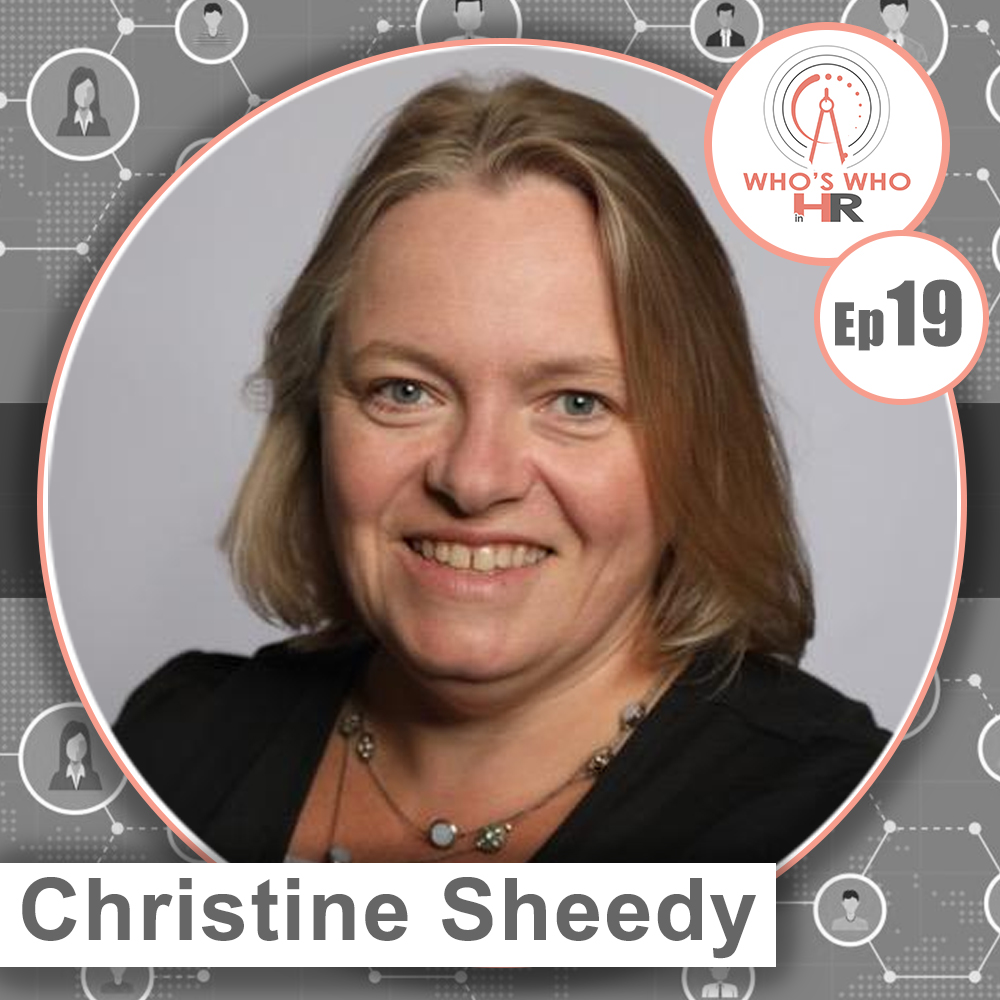Christine Sheedy started her Human Resources career 30 years ago as an HR Administrator before spending much of her career helping organizations identify and develop their Talent in an effort to drive improved organizational effectiveness.
After holding positions in Learning & Development, Talent Management, Organizational Development, and Employee Communications, Christine refocused her attention on leading Human Resources functions, which she does now as the Global Head of Human Resources for GAIN Capital Holdings, a global trading firm based in New Jersey.
In this role, Christine is responsible for leading the people function to drive organizational growth through the development of a high-performing workplace that values people and their contributions.
Prior to joining GAIN in 2014, Christine spent thirteen years with Thomson Reuters, leading the Organizational Development practice within several of their financial divisions. This role allowed Christine to partner with business executives to build initiatives designed to better understand the company’s capabilities, diagnose challenges, and implement initiatives that drive financial success. She also had the opportunity to coach managers across the business, supporting them to better understand themselves, how they are perceived, and how they can use their capabilities to better lead their teams. Her unique ability to question perceptions and see every challenge from various angles is invaluable to helping others recognize their own opportunities to improve.
Christine earned her bachelor’s degree from Boston University and an MBA from New York University. She is active on the board of trustees for Hoboken Charter School in Hoboken, New Jersey, where she lives with her husband and two teenage sons.
More from Christine…
Christine’s 30 years in the industry has led her to obtain an in-depth understanding of what needs to happen in order to build trust between management and employees.
Most people understand that trust is necessary. But taking the proper steps to actually create that trust is a whole other ballgame.
Sheedy gets it:
“Trust is an interesting one, because it’s something that’s really come to the forefront for me in the past five or six years as I’ve been running HR. And I realized how often we build systems and processes and plans and documents that are pretty much the total opposite of trust.
When I first got to GAIN, I saw the employee handbook. And the first thing that’s in the handbook, and this is for a legal reason, but it was all the things about don’t harass people, this is what it means if you want to quit. All of these things that were just so negative.
And let me tell you employee handbooks are read two times. Once is your first day on the job. The other time is when you have a problem and you want to make sure you get your benefits dealt with. But the first day of the job, it should be a positive experience. And I realized that we put all these rules in place because we don’t trust our people. And the more that we can trust our people, the more that they will step up to achieve what they can, whenever they can really.
And so I’m seeing it now while with the Coronavirus and people having to work from home. Working remote is a challenge for a lot of managers. And if you ask them why it’s because they say, I don’t see my people and I don’t know what they’re doing. And I would always push back and then say, what if you trust that they’re doing what they’re supposed to be doing? My feeling is if you set clear expectations from people, make sure that they have the skills and the knowledge and the capabilities to do what you need from them, and then just let them go, they’re going to come back to you with something as good if not better than what you are expecting. Most of the time. Now, that’s not perfect.
But the times that it doesn’t happen, that’s when you use discipline and pushback and encouragement to find a better way to do something. But I think the more that you can release people to be who they are and what they can be, the better off you will be as a manager.
We put in a policy last year of unlimited sick time, mainly because I noticed with two or three sick days, people were coming in sick, because they didn’t want to take a vacation day. They didn’t want to get their pay docked, whatever it was that was a problem for them. They wanted to make sure that they were still getting paid for all their days.
So we put in the policy of unlimited sick time. Remember people just saying, well, that’s never gonna work, people are just going to be off all the time. Well, the truth is, most people actually want to go to work. And if you trust that most people want to go to work and do what is necessary to achieve their objectives, then you also have to trust that they’re not going to take too many sick days. And since we put in that policy, I’ve actually seen a drop in sick days because people aren’t taking what their quote unquote entitled to do. They’re instead taking time off when they need it, when it’s right for them, when their family needs them. When they have a sick child, when they personally are not feeling well. It keeps them out of the office. It keeps them from making other people sick. And that’s so important at a time when we’re actually dealing with a health crisis.
I didn’t have any concerns about our people coming in, because I’ve told them take the time that you need. So the more that we can do that, the better off we are, as a management team, as a company. And I think we’re going to see that become more and more important as you see different generations come into the workplace. I’ve spent some time reading about Gen X versus baby boomers versus millennials. I don’t buy into much of that, quite frankly. I think there’s some similarities between the generations. But at the end of the day, if you’ve got hard workers, they’re just hard workers. They want to do a good job. But what I find is the way that you get past these generational differences, is by putting in a sense of connection and a sense of trust and trusting that people want to do what’s right. And they will.”









